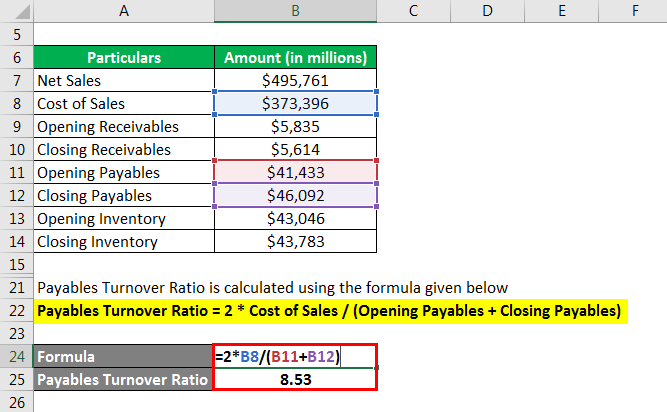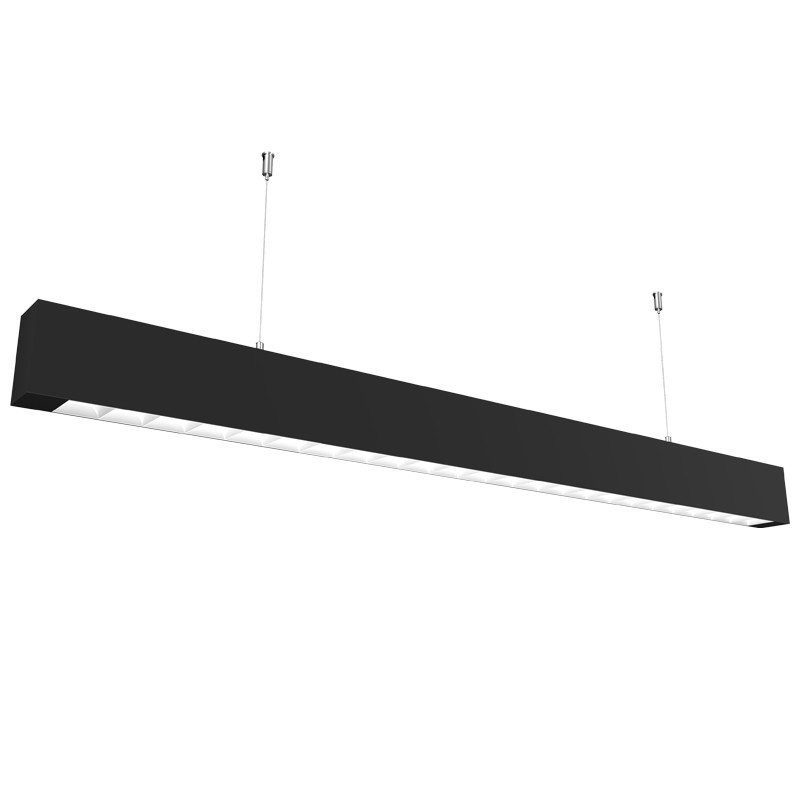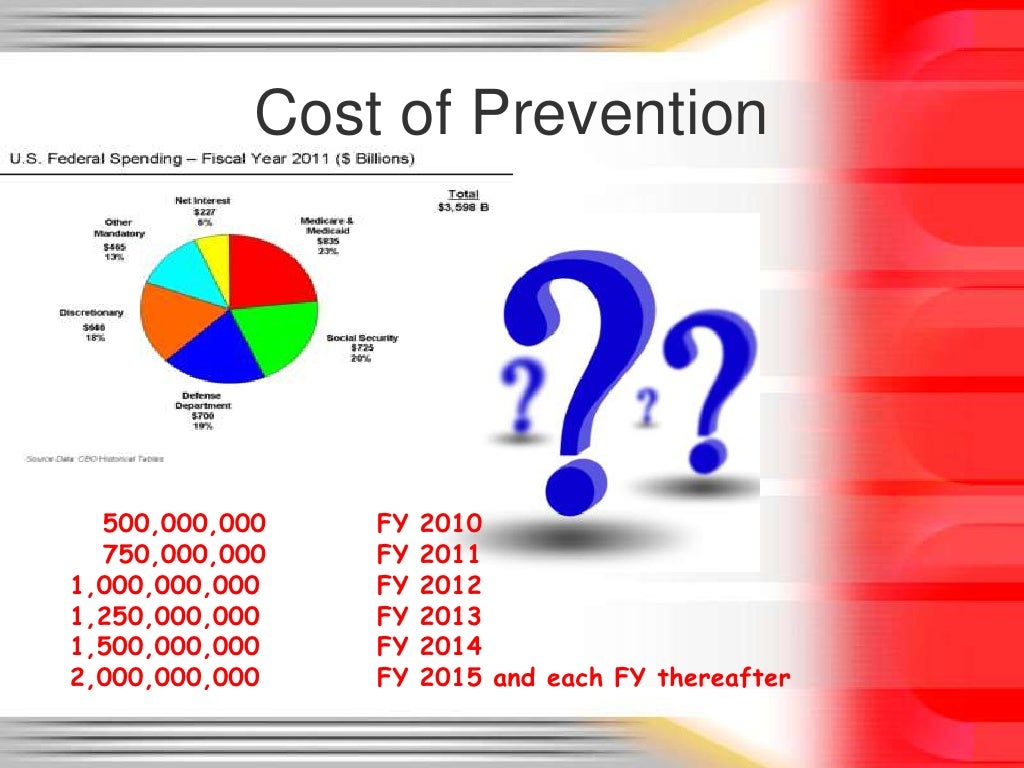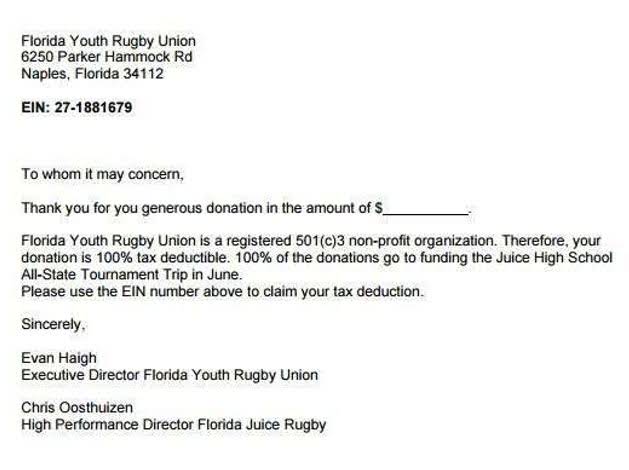
AccountingDepartment.com is a remote but 100% U.S.-based cloud accounting firm. It provides each client a team of accounting professionals, including bookkeepers, an accounting software specialist and an accounting manager or controller. Additionally, the firm provides clients with recommendations for third-party software that could enhance their operations. When comparing services, ensure you’re pricing out all the features you need, including add-on services like tax prep, payroll and HR. If you’re considering a bookkeeping service that runs on QuickBooks or Xero, include the cost of that software, too.
Hire a dedicated bookkeeping assistant to maintain your books.
- As confusing as it can be for a lot of business owners, bookkeeping is a necessary evil for all businesses big or small.
- Bookkeeper360 integrates with third-party tools, such as Bill, Gusto, Stripe, Shopify, Xero, Brex, Square, Divvy and ADP.
- Prices start at $500 a month for the Essential plan, which is geared towards startups that use cash-basis accounting.
- Along with offering the typical outsourced bookkeeping services, AccountingDepartment.com provides outsourced controller services.
- Here are three other online accounting service providers worth looking at.
- We look through everything with a fine-tooth comb to track out any instances of fraud, theft, embezzlement, or lax accounting practices.
If you don’t walk away from your initial interactions with your prospective virtual bookkeeping service feeling 100% confident that this company has your back, then just say no. In more traditional bookkeeping services, it was more of a process to get reports out. Someone had to be there to run the report, save it in the right format and send it out.

Ask about pricing
The cost of bookkeeping services can vary depending on the size of your business and the features you need. Some bookkeeping services charge a monthly fee while others charge by the hour. https://www.bookstime.com/ You can find services for as little as $20 per month while others run thousands per month. It’s also ideal for brand-new businesses because FinancePal can help with entity formation.
Kickstarter data entry
In contrast, outsourced bookkeeping and accounting nearly always refers to accountants with an accounting firm who handle your books from their own office. Along with offering the typical outsourced bookkeeping services, AccountingDepartment.com provides outsourced controller services. It also starts at $190 a month, which is less than nearly every other provider on our list. Accounting Prose is a Denver-based bookkeeping firm that serves clients in health and wellness, professional services and tech. The firm performs various bookkeeping tasks, handles payroll, assists with financial statements, calculates tax payments and helps businesses move from Quickbooks to Xero. When you work with Ignite Spot Accounting, you’ll get bookkeepers certified in a variety of popular programs, such as QuickBooks and TSheets.

- Most other virtual bookkeeping services give you basic financial reports only, like income statements and balance sheets.
- In conclusion, remote bookkeeping services offer small businesses an efficient, cost-effective solution for managing their financial records.
- Bookkeepers working for Day2Day perform a range of tasks, but they’re also responsible for payroll and any ad-hoc duties assigned to them.
- Find out how working for Intuit can kick-start your tax industry career.
- When you have a Small Business Plus plan or higher, you get unlimited online support.
- Instead, they’re a middle party that connects candidates seeking bookkeeping work with companies that need bookkeepers (the staffing agency’s clients).
Since we starting utilizing your services and your team we have finally relieved ourselves of that frustration. The service levels, the convenience and the integrity of everyone in your organization has been something we had never been accustomed to in previous years. We actually think of your drivers as part of our team as we have become so familiar with them. I happen remote bookkeeping companies to be doing a vendor review and realized that I have never seized the opportunity to send our sincere thanks and gratitude for the service provided to us by the M&M Team. For the past 6 years your organization has provided us with service levels on our Southbound and Northbound trailer loads between Holbrook, MA and Carteret NJ that we had never been accustomed to.

BOOKKEEPING, ACCOUNTING, & PAYROLL SERVICES
Best Online Bookkeeping Services
- On Indeed, you’ll find openings at accounting or bookkeeping firms as well as in-house positions with companies outside the bookkeeping space.
- Forbes Advisor selected these services based on their service options, pricing, customer service, reputation and more.
- Streamline Bookkeeping is a small remote bookkeeping firm serving small businesses with between one and 10 employees — primarily professional services firms, real estate investors and nonprofits.
- Our complete list below includes why we selected each online bookkeeping service, monthly price details and features checklists to help you easily compare services.
- With a virtual bookkeeper handling your financial records, you can focus on what you do best—running your business.









